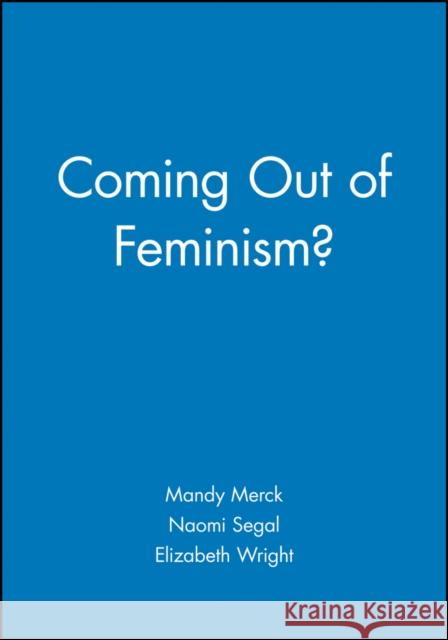Coming Out of Feminism? » książka
topmenu
Coming Out of Feminism?
ISBN-13: 9781557867025 / Angielski / Miękka / 1991 / 276 str.
Coming Out of Feminism?
ISBN-13: 9781557867025 / Angielski / Miękka / 1991 / 276 str.
cena 284,34
(netto: 270,80 VAT: 5%)
Najniższa cena z 30 dni: 284,34
(netto: 270,80 VAT: 5%)
Najniższa cena z 30 dni: 284,34
Termin realizacji zamówienia:
ok. 30 dni roboczych
Bez gwarancji dostawy przed świętami
ok. 30 dni roboczych
Bez gwarancji dostawy przed świętami
Darmowa dostawa!
Has Queer Theory 'grown out' of Feminism - in both senses? If it has, is that process a coming-out story?











